-
Welcome to Tacoma World!
You are currently viewing as a guest! To get full-access, you need to register for a FREE account.
As a registered member, you’ll be able to:- Participate in all Tacoma discussion topics
- Communicate privately with other Tacoma owners from around the world
- Post your own photos in our Members Gallery
- Access all special features of the site
Recovery Q&A and help.
Discussion in 'Recovery' started by 3378jakesr5, Jan 5, 2017.
Page 1 of 9
Page 1 of 9


 Recommended Jerry Cans
Recommended Jerry Cans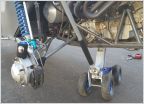 Any Experience With This Sand Jack?
Any Experience With This Sand Jack?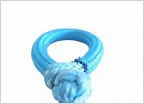 Bubba rope soft shackles
Bubba rope soft shackles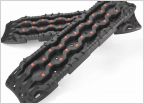 Recommendations...
Recommendations...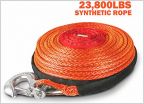 Synthetic winch choices.
Synthetic winch choices.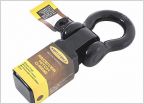 Hitch mounted shackle Q's
Hitch mounted shackle Q's




